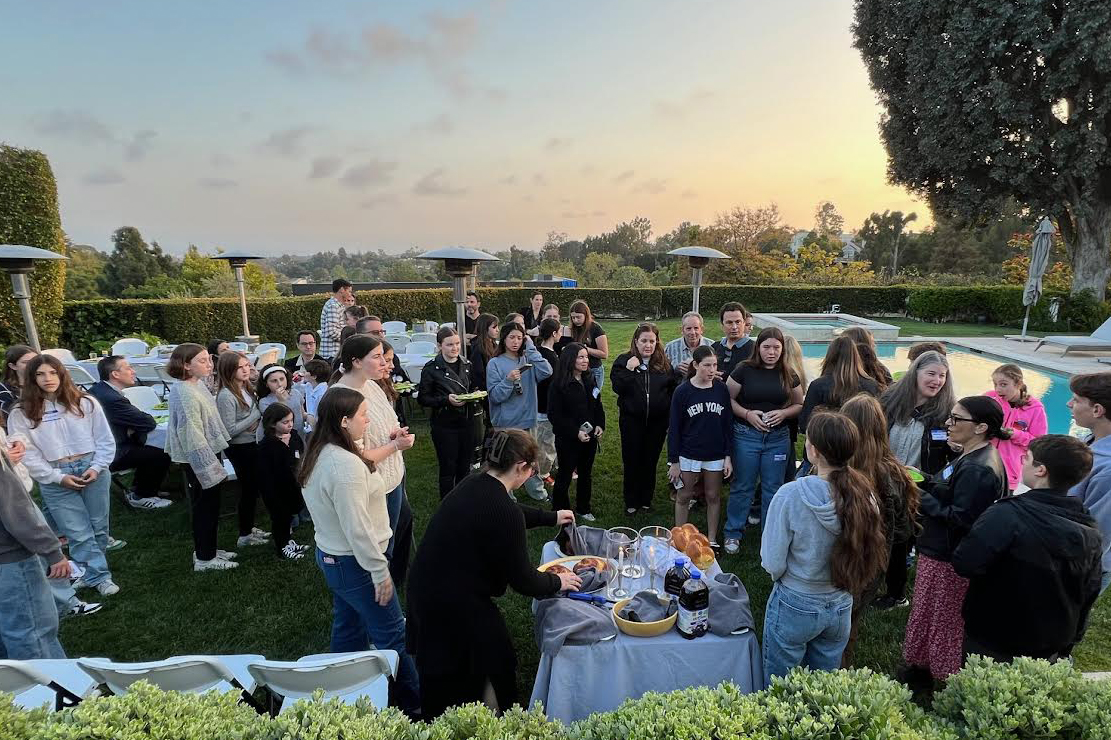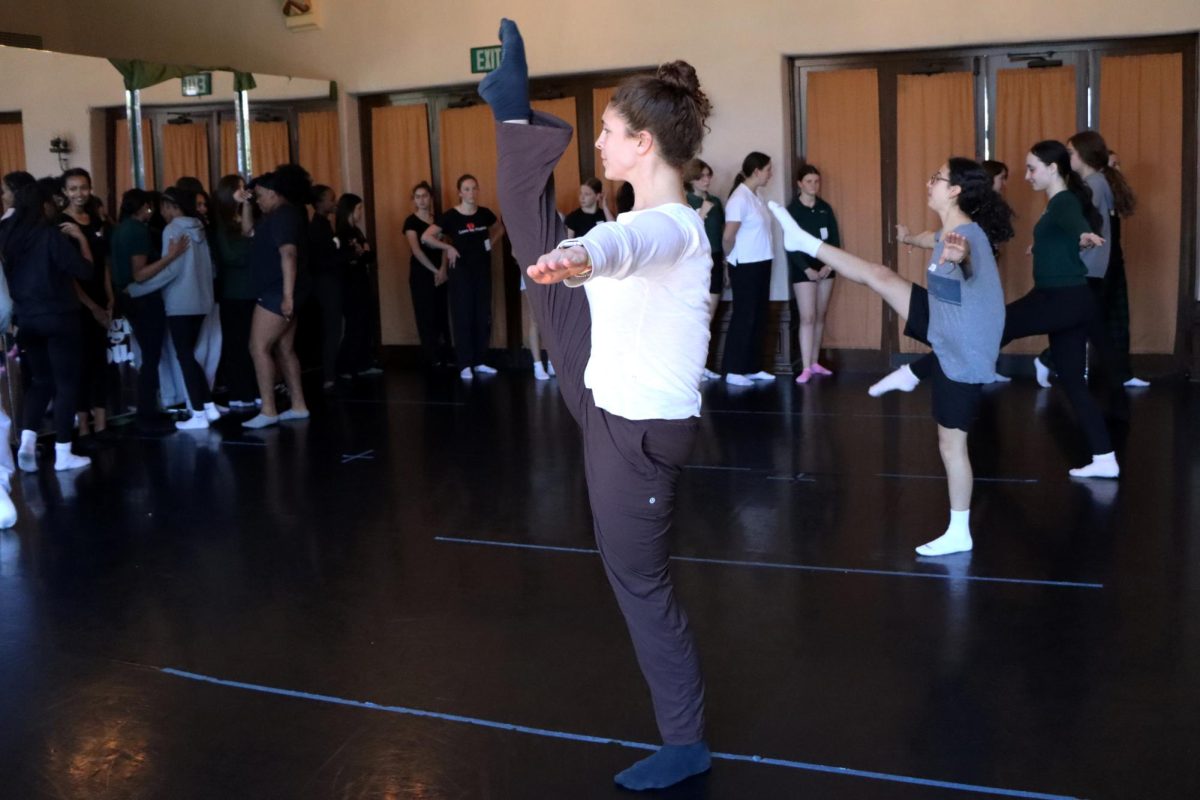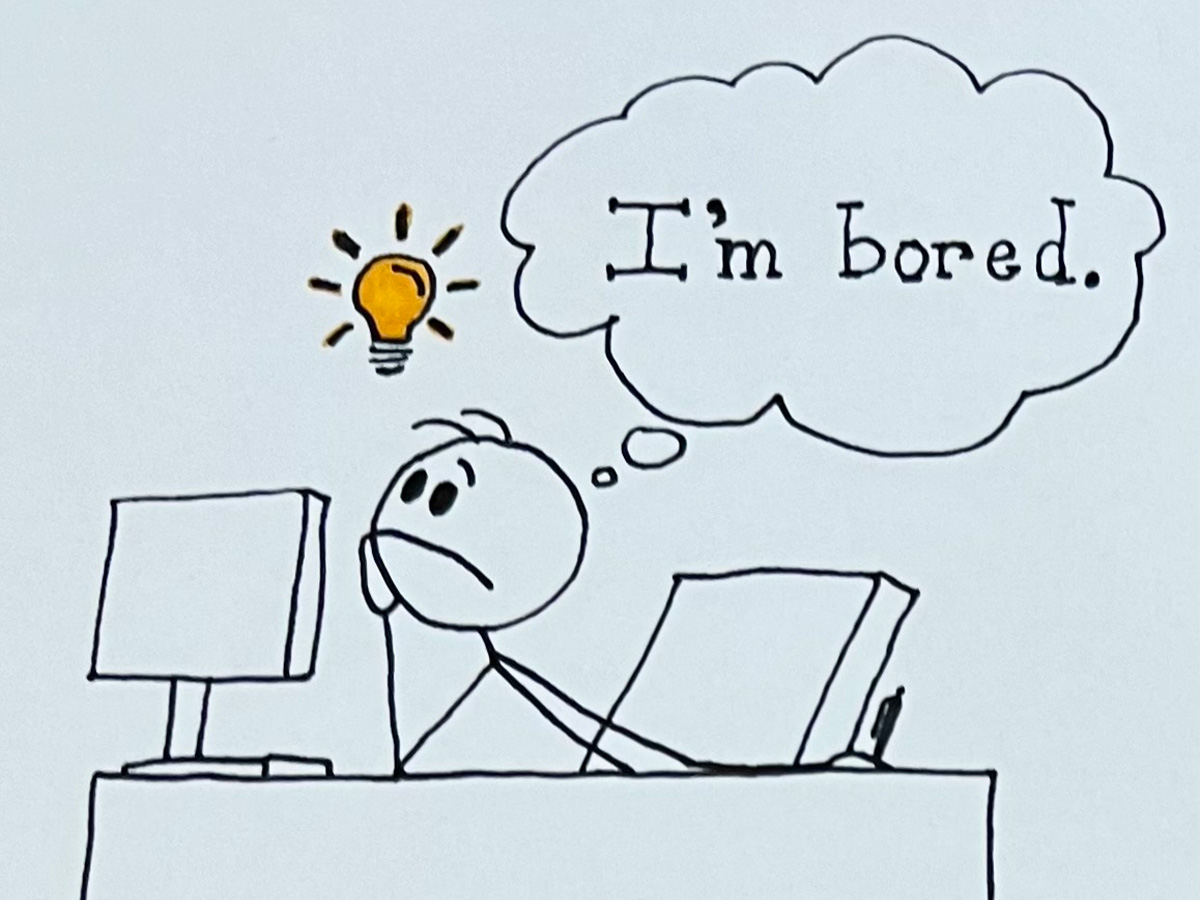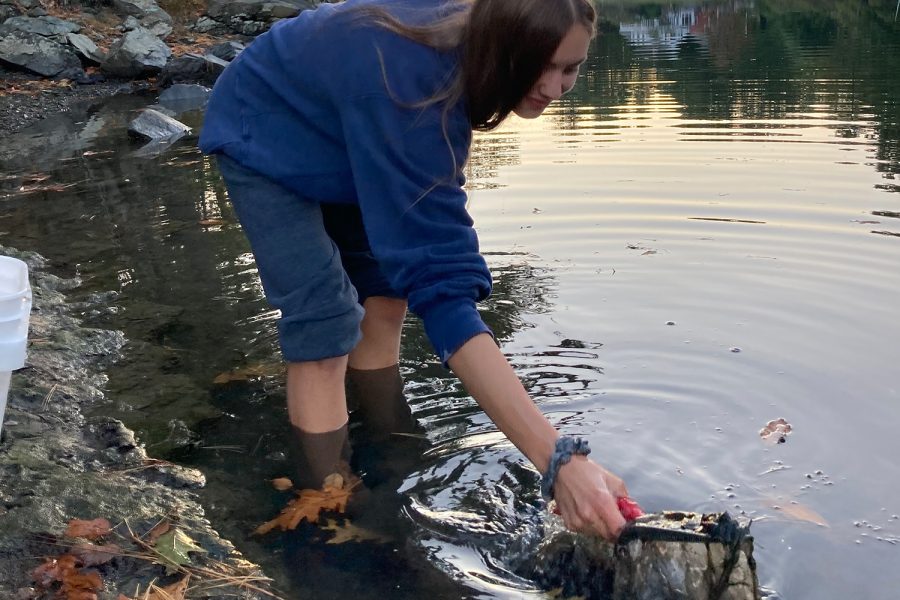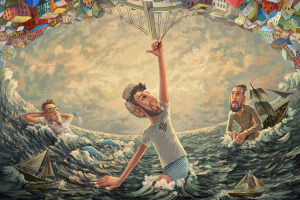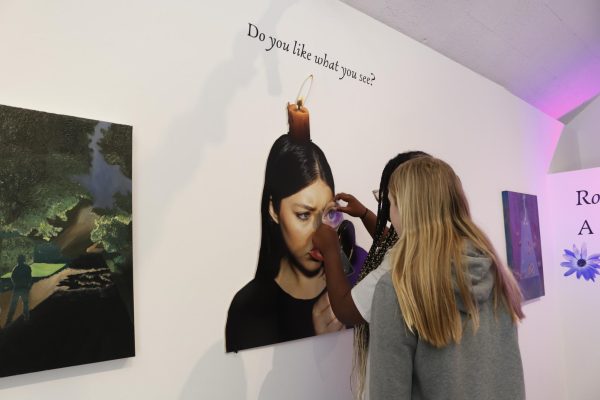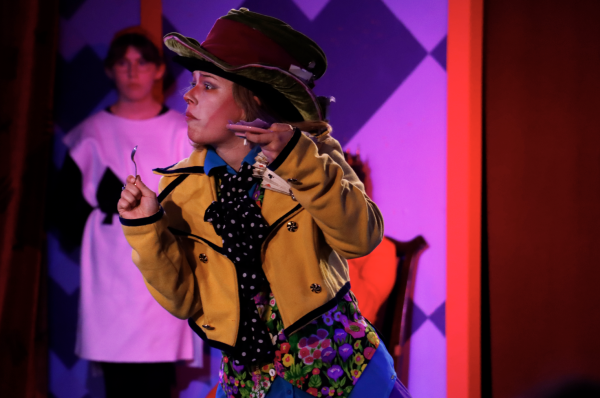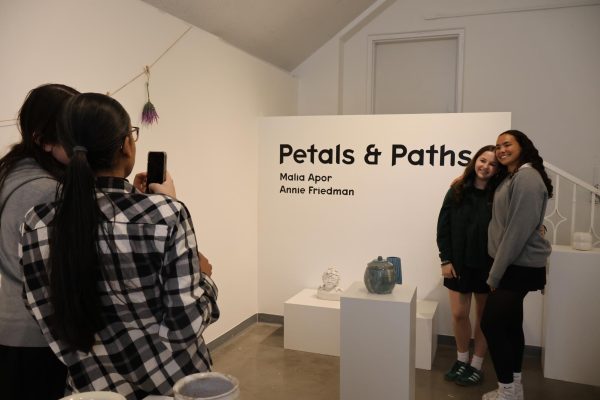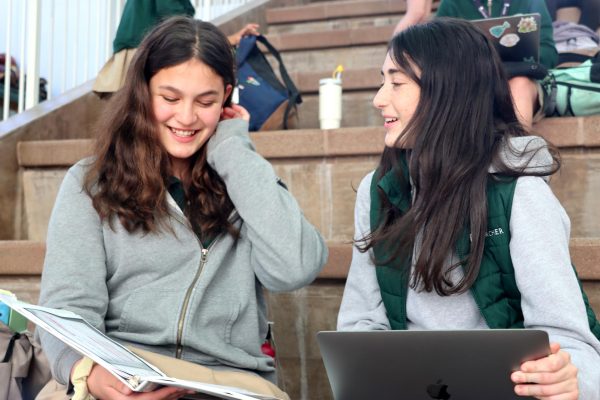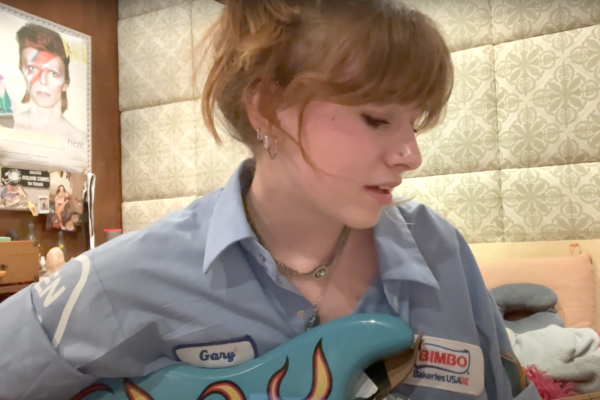‘Clay is not compatible with computers:’ Ceramics classes adapt to remote learning
Photo credit: Melissa Forman
Sophomore Eliza Tiles collects a bucket of mud to later turn into clay. Tiles was able to collect clay for her ceramics class while she was “knee deep” in an inlet in the middle of Maine.
January 18, 2021
Fifty-nine girls sit down at their desks with a block of clay, each one with a different studio setup, direction and project. Every student taking an Archer ceramics class this semester has been given a block of clay and various tools from Archer’s studio to take home and work with as they adapt to a remote learning environment. Students have been challenged by ceramics teacher Cory Bluemling to incorporate objects they can find in their own homes in addition to the resources Archer has provided.
Due to COVID-19, Archer classes have had to adapt and shift to new ways of learning, teaching and creating. Specifically ceramics classes, which take place in the on-campus studio, have had to figure out how students can continue working on their projects from their own houses.
“There are a lot of complications. Working with a sink that isn’t fit for taking clay and that you have to share with the rest of your family becomes quite a problem when you’re trying to make bowls and cups and plates out of coils,” Bluemling said. “Learning how to make those things without disrupting the other people in your environment is a really interesting, unique challenge that I think will be better for when this whole ordeal moves to a time that we are familiar with.”
Students have shifted to working on more abstract pieces rather than traditional ceramic artwork. Members of the class have had to adapt to their environment and incorporate aspects of their surroundings into their work.
“One of the biggest challenges is being conformed, I think being in any traditional art space you could allow yourself to be a lot freer,” sophomore Eliza Tiles said. “I’d like to just have a dedicated space to spread out and let my imagination and creativity run free it’s a bit more difficult in my house because I am conformed to how messy I can be or where I can work and how long I can work for I don’t have a wheel, I don’t have the traditional big art sink that I can dump my things into.”
Students have enjoyed having more independent time and have felt there to be more freedom while working from home. Faith Soriano, a junior in Bluemling’s intermediate ceramics class, shared that she has been able to explore a variety of artists online that she would not have come across prior to remote learning.
“We kind of have a free range to do what we want,” Soriano said. “I wanted to make plant pots so Mr. Bluemling gave me a bunch of coils and I could pick those up. We didn’t really have a prompt and kind of just choose what was really interesting.”
On the other hand, Tiles mentioned that she has found it more challenging to be creative and develop new ideas while at home.
“It has been nice to be able to work whenever I want. If something comes into my mind or I have so much creative energy right now it’s nice to let me put it into some clay, I can do that other than having to wait for my rotation,” Tiles said. “Sometimes that would seem forced if you know that day it’s just really not hitting me.”
The intro ceramics course started the year with a project highlighting how even though everyone is at home separately, each student is still connected to their fellow Archer sisters and Archer itself. Students started by molding their hand print into a piece of clay that highlighted their individual hand structure.
“When girls pick up or drop off clay, they’re able to have a connection to Archer,” Bluemling noted.
Other students have used their environments as inspiration for new projects. One example is Tiles’ experience as she spent a month in Maine over the past semester. She was forced to think outside of the box to keep her work up to date, and adapt to being all the way across the country, and not having access to Archer’s resources.
“Mr. Bluemling and I really wanted to explore the ideas of location, and how you are influenced and adapt to your location we went through this super interesting process of creating our own clay and minerals,” Tiles said, “I was staying on a coastal town where there’s a lot of little inlets and after class one day I got a bucket of mud. I pulled over on the side of the road and walked down a bridge, and I got knee deep in mud. We brought [the clay] back to LA and then ended up firing it.”
Similarly, Soriano has leaned on her classmates to find inspiration and gather new ideas to explore for projects.
“My class is really small, [we] only have five people. I’ve definitely reached out to my classmates a lot more and have asked them for more ideas,” Soriano said. “We are put into breakout rooms with no teacher and just spill out all our ideas.”
Remote learning has had its challenges however, students have made the best of it, producing unique and inspirational projects.
“So would all these projects have happened had we not been in this remote learning?” Bluemling said. “I don’t know, but here we are.”


